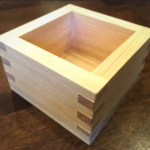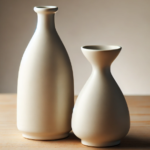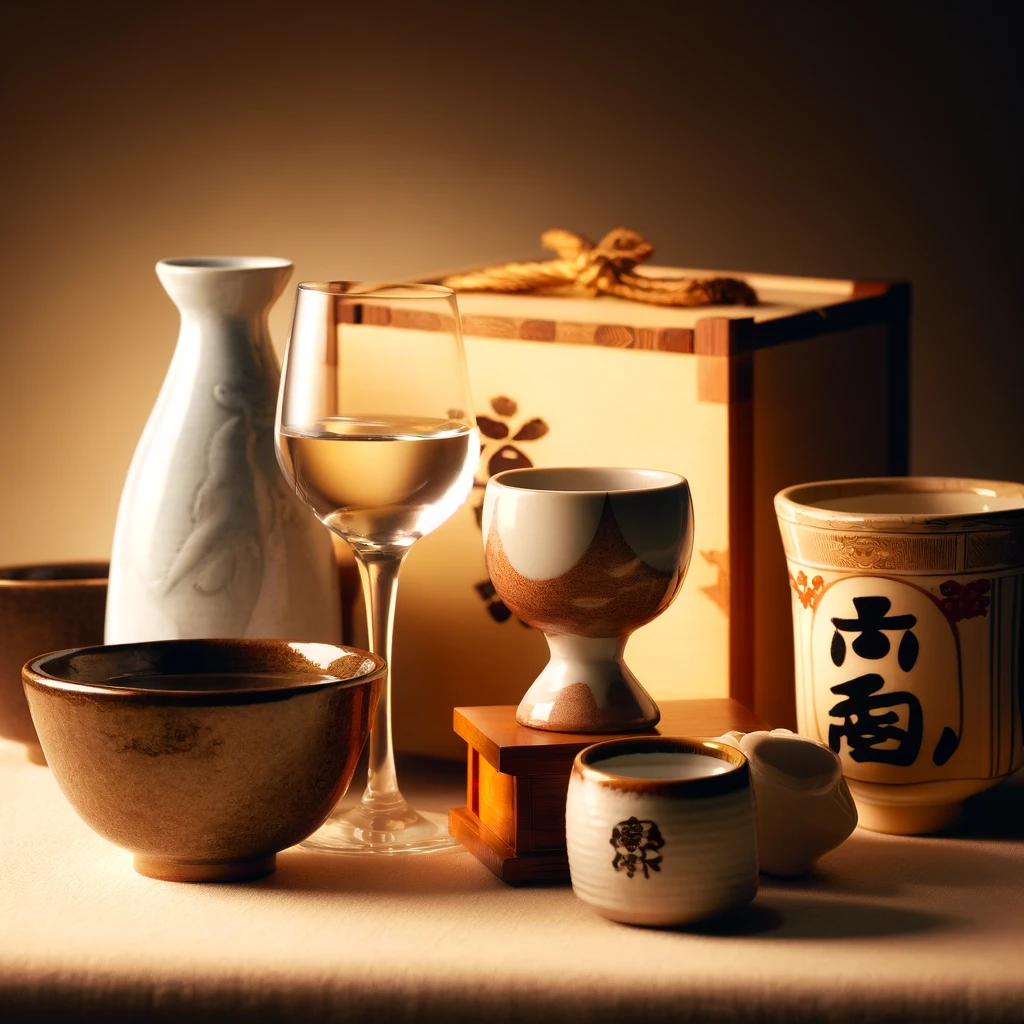Hello, I’m Mana! This time, I’m going to share how the flavor of sake changes depending on the temperature at which it’s served and the type of sake vessel used. Sake has a wide range of temperatures compared to other alcohols, and its aroma and taste can change dramatically depending on the temperature and choice of vessel. I’ve tried various options myself, so I will explain in detail the benefits and differences of each.
The Relationship Between Sake Temperature and Flavor
Sake can be enjoyed at a variety of temperatures, from cold to warm. The aroma and flavor of sake change with temperature, so knowing which sake to drink at what temperature can enhance your enjoyment.
Sake Temperature Ranges and Flavors
| Temperature Range | Temperature (°C) | Flavor Characteristics |
|---|---|---|
| Snow Chilled | Around 5°C | Crisp and fresh flavor. |
| Cool | Around 10°C | Light and refreshing aroma. |
| Flower Chilled | Around 15°C | A coldness that allows the aroma to be fully appreciated. Ideal for an aperitif. |
| Room Temperature | Around 20°C | Balanced flavor where the umami and aroma of sake are more pronounced. |
| Body Warm | Around 30°C | Enjoy a mellow flavor with a gentle mouthfeel. |
| Warm | Around 40°C | Enhances aroma and umami, offering a rich flavor. |
| Hot | Around 50°C | Strong flavor and warmth, with a more pronounced alcohol feel. |
Does the Choice of Sake Vessel Change the Flavor?
Next, let’s talk about how the choice of sake vessel can change its flavor. This is a common topic among sake enthusiasts. I used to wonder, “Does the glass really make a difference?” But after trying it myself, the difference was astonishing!
Types of Sake Vessels and Their Characteristics
There are several types of sake vessels, each with its own characteristics.
- Ochoko: The most common type of sake vessel in Japan. Made from ceramic or porcelain, suitable for both warm and cold sake.

- Guinomi: Slightly larger than ochoko, ideal for savoring sake slowly.

- Masu: A wooden vessel that adds a traditional flavor and visual appeal. The scent of wood complements the aroma of sake.

- Wine Glass: Increasingly popular for drinking sake, especially suitable for aromatic types like ginjo, enhancing their fragrance.

- Tokkuri and Choshi: Vessels for pouring sake. Often used for warming sake in a hot water bath, but can also be used for cold sake.

Recommended Temperature and Vessel Combinations
Now, let’s introduce the ideal temperatures and vessels for each type of sake!
1. Ginjo (Aromatic Type)
- Temperature: Flower chilled (10-15°C) is ideal. The aroma stands out.
- Vessel: A wine glass is recommended to enhance the aroma.
2. Honjozo (Light and Smooth Type)
- Temperature: Snow chilled or cool chilled (5-10°C) is best. Enjoy a crisp freshness.
- Vessel: Glass guinomi or cold sake glasses keep the sake cold, which is recommended.
3. Junmai (Rich Type)
- Temperature: Room temperature to warm (20-40°C) is ideal. It brings out the richness of the rice.
- Vessel: Ceramic ochoko or guinomi allow you to enjoy a smooth mouthfeel.
4. Aged Sake (Aged Type)
- Temperature: Warm to hot (40-50°C) is suitable. It spreads a rich flavor.
- Vessel: Enjoying with a set of ceramic tokkuri and ochoko is good. Slowly warming it brings out the aged aroma.
Tips for Enjoying Sake More Deliciously at Home
Sake’s flavor greatly changes depending on the temperature and choice of vessel. A little effort at home can greatly enhance its deliciousness.
Tip 1: Find Your Favorite Temperature
First, try sake at various temperatures to find your preferred way to drink it. From cold to warm sake, the same sake can taste completely different.
Tip 2: Change the Vessel
Using a different vessel is also a trick to enjoy sake. Especially, ginjo sake drunk from a wine glass can significantly enhance its aroma.
Conclusion
The ways to enjoy sake are endless! Experiencing how the aroma and flavor change with temperature and vessels has been enlightening. I hope you all find your favorite way to enjoy sake and enhance your sake life, especially by adjusting temperatures according to the season.



コメント